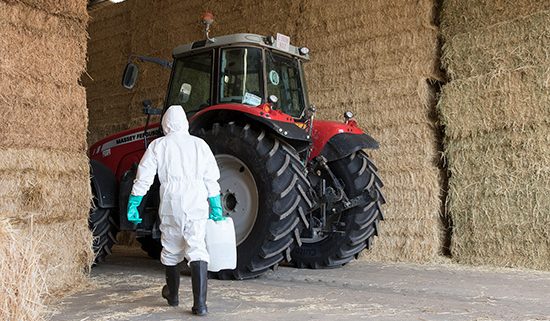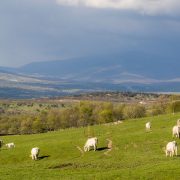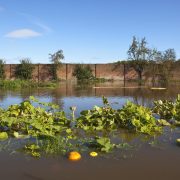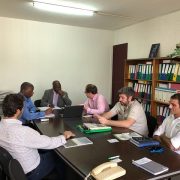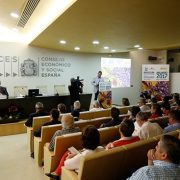Upa: “In the countryside there are many victims that could be avoided”
The prevention of occupational risks, accidents at work and occupational diseases is still a pending issue in the Spanish primary sector. UPA concludes its biggest awareness campaign on prevention in the field with funding from the State Foundation for the Prevention of Occupational Risks, F.S.P.
2019 started in a “very negative” way in terms of safety at work. According to the latest official statistics of the Ministry of Labor, in January-February 2019 there were 16.8% more accidents in the primary sector than in the same period of 2018.
Both the accident figures and the perception of risk by professionals in the field, as well as the measures taken to avoid ailments, illnesses and incidents, are not enough, according to the Union of Small Farmers and Cattle Ranchers, which concludes today its largest campaign aimed at educating and raising awareness among producers about the need to prevent accidents and diseases.
The primary sector, which worse began 2019 in terms of accidents
The activities of agriculture, livestock, forestry and fishing were those that worse began the year 2019 in terms of accidents and accidents. In fact, the primary sector was the only sector that did not reduce its accident figures with respect to 2018, worsening the accident rate by working hours by 3.3%.
UPA has recognized that agriculture and livestock in Spain must address an “important change of approach” and put prevention as a basic element in the organization of work on farms. “Only in this way will we be able to avoid illnesses and accidents and, ultimately, pain. And so improve our health and our quality of life, “they said.
Woody crops, the most dangerous
The work in woody crops, “trees and shrubs” -as as reflected in the official statistics of work- is the one that accumulates more accidents (11,956 in 2018), followed by soil crops (9,855). Cattle ranks far fewer accidents, in particular 4,601 last year.
The biggest campaign of awareness and advice on prevention in the field started by UPA, with funding from the State Foundation for the Prevention of Occupational Risks, FSP, has shown that much remains to be done, but that the path undertaken is correct : information, training and awareness to the professionals working in the sector.




